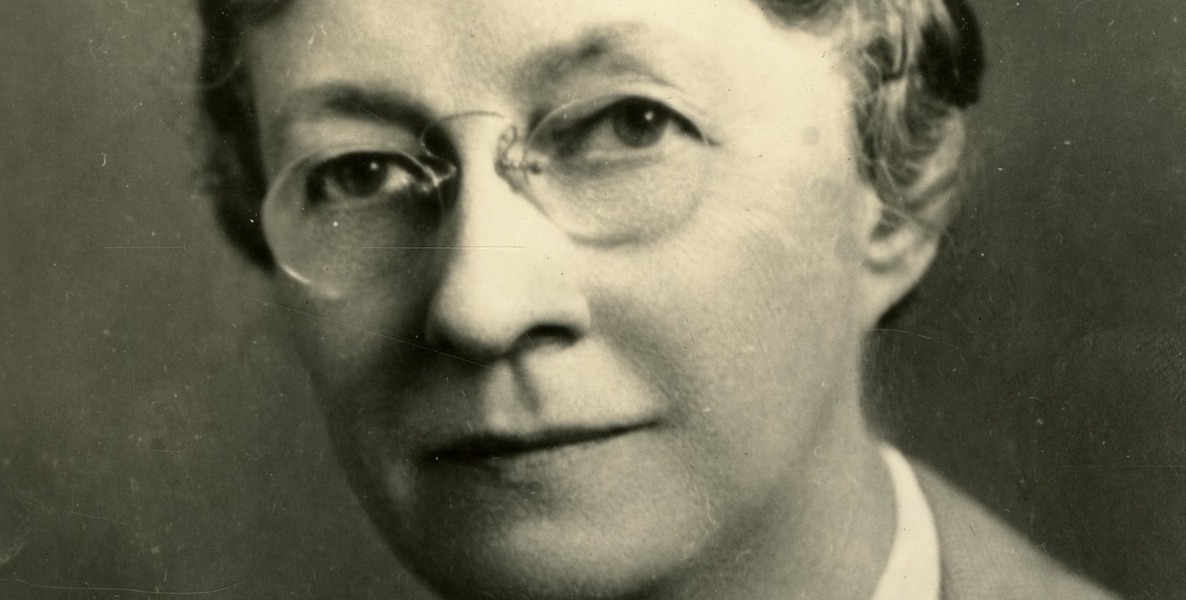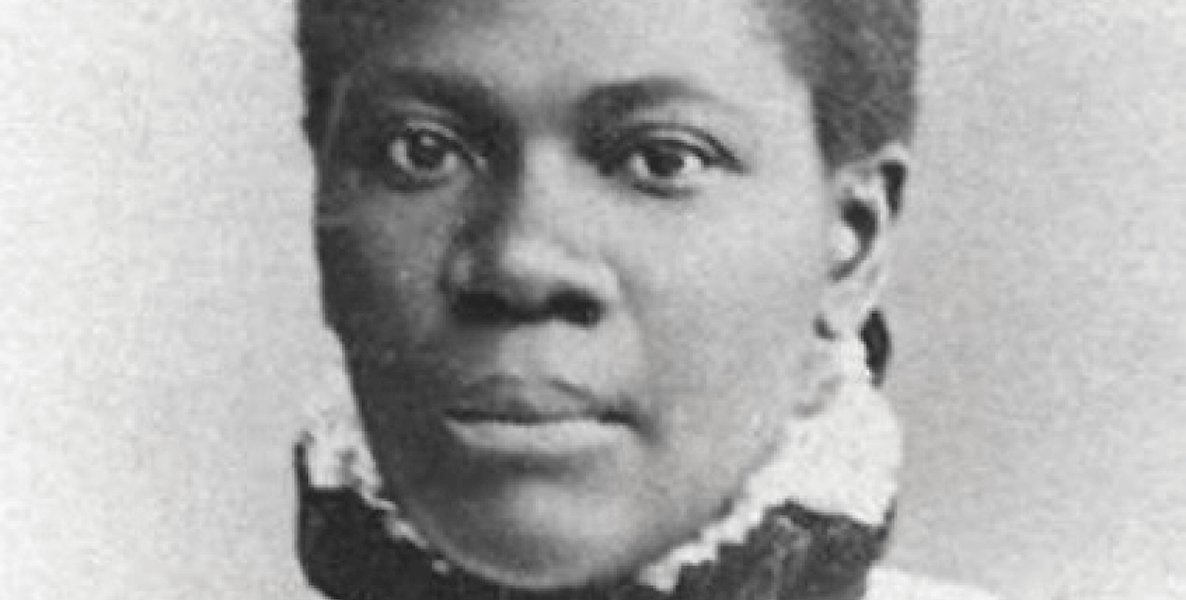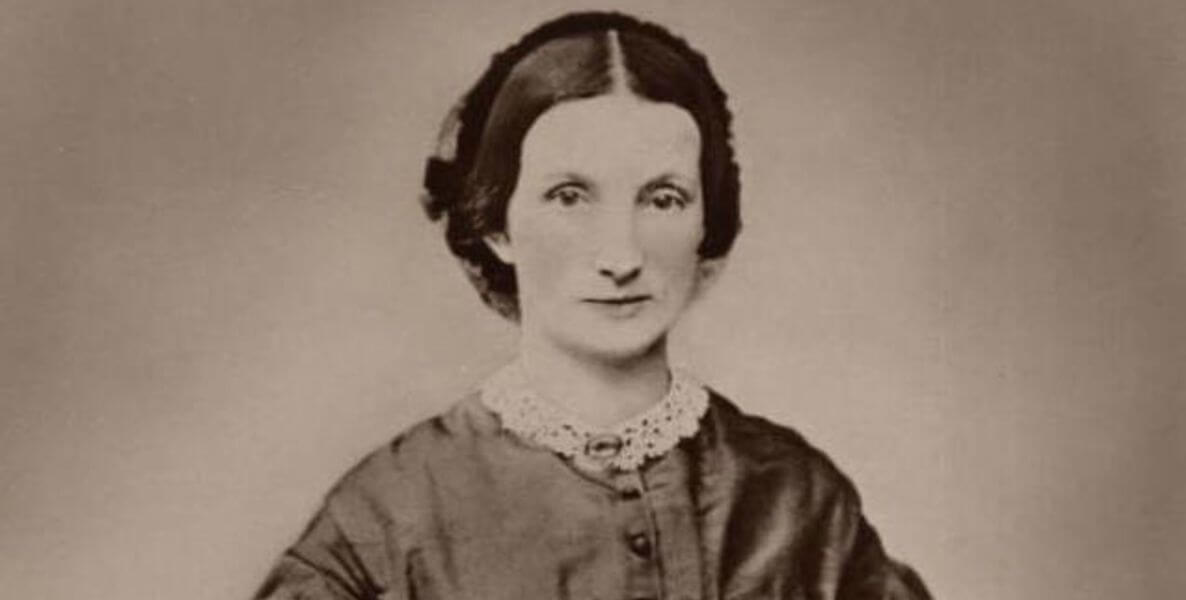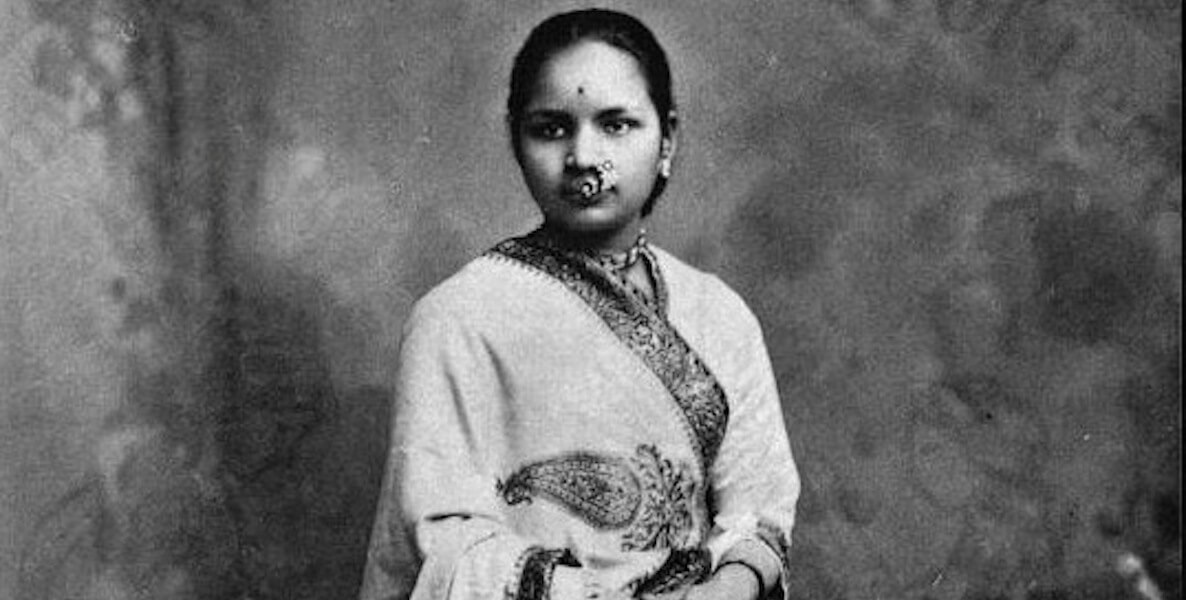17
Margaretta Hare Morris
Entomologist
Margaretta Hare Morris
Entomologist
1797-1867
Entomologist Margaretta Hare Morris had no formal scientific education. Instead, she taught herself by catching insects and studying their life spans in her Germantown home. She would raise the insects in bell jars and studied the eating patterns, egg-laying habits and larvae stages of insects.
Despite having no formal training, Morris became a renowned entomologist, known for her pioneering work in the study of the life cycle of the Hessian fly. In 1841, the fly was an invasive species that was destroying wheat crops. Moore’s research found that Hessian flies laid its eggs in wheat grain, making the only solution to obtain and plant un-infested seeds.
In addition to researching the Hessian fly, she also published articles on the cotton moth, bed bugs, army worms and locusts. Her research on locusts was presented to the American Association of the Advancement of Science in 1850 by a male professor, because it was considered improper for a woman to speak to an audience of men at the time.
ACCOMPLISHMENTS
- First female member of the American Association for the Advancement of Science
- Second female member of Academy of Natural Sciences in Philadelphia
- Self-taught entomologist
- Wrote numerous articles for agriculture magazines, including, American Agriculturalist
FINAL WORDS: Despite having a profound effect on American entomology, Morris has been largely forgotten by the scientific community. Later, men would protest the inclusion of female entomologists in the field by saying women “would not be able to climb a tree or catch a grasshopper.”
RELATED READING
Image by Виктория Кабанова / Pixabay






